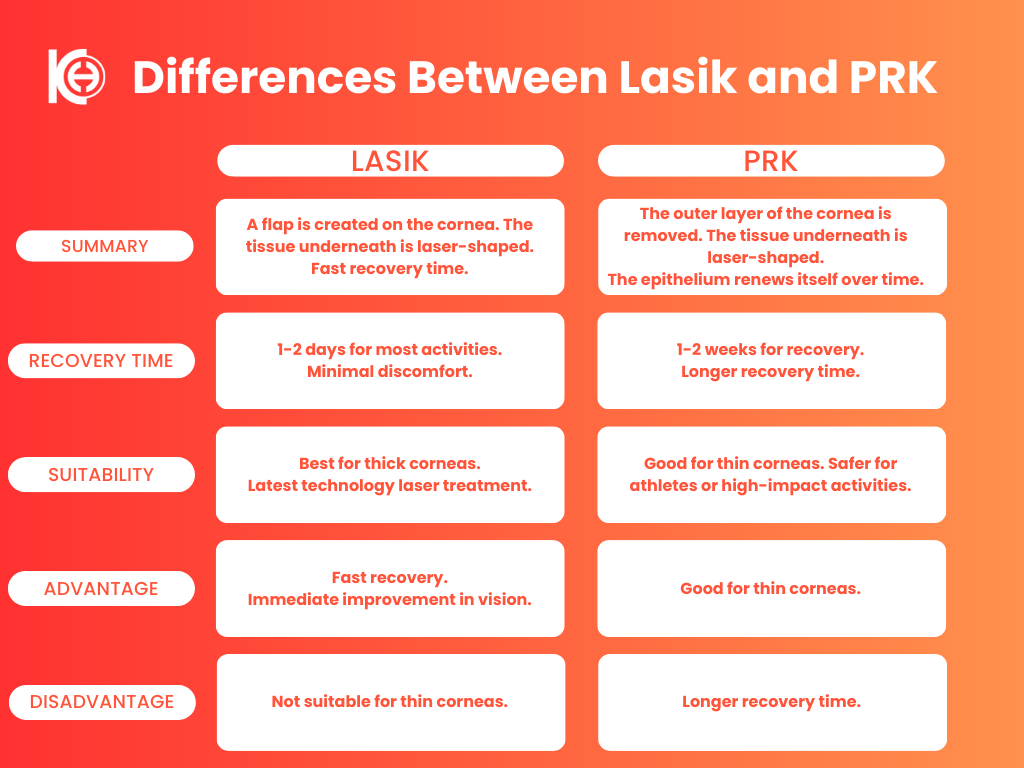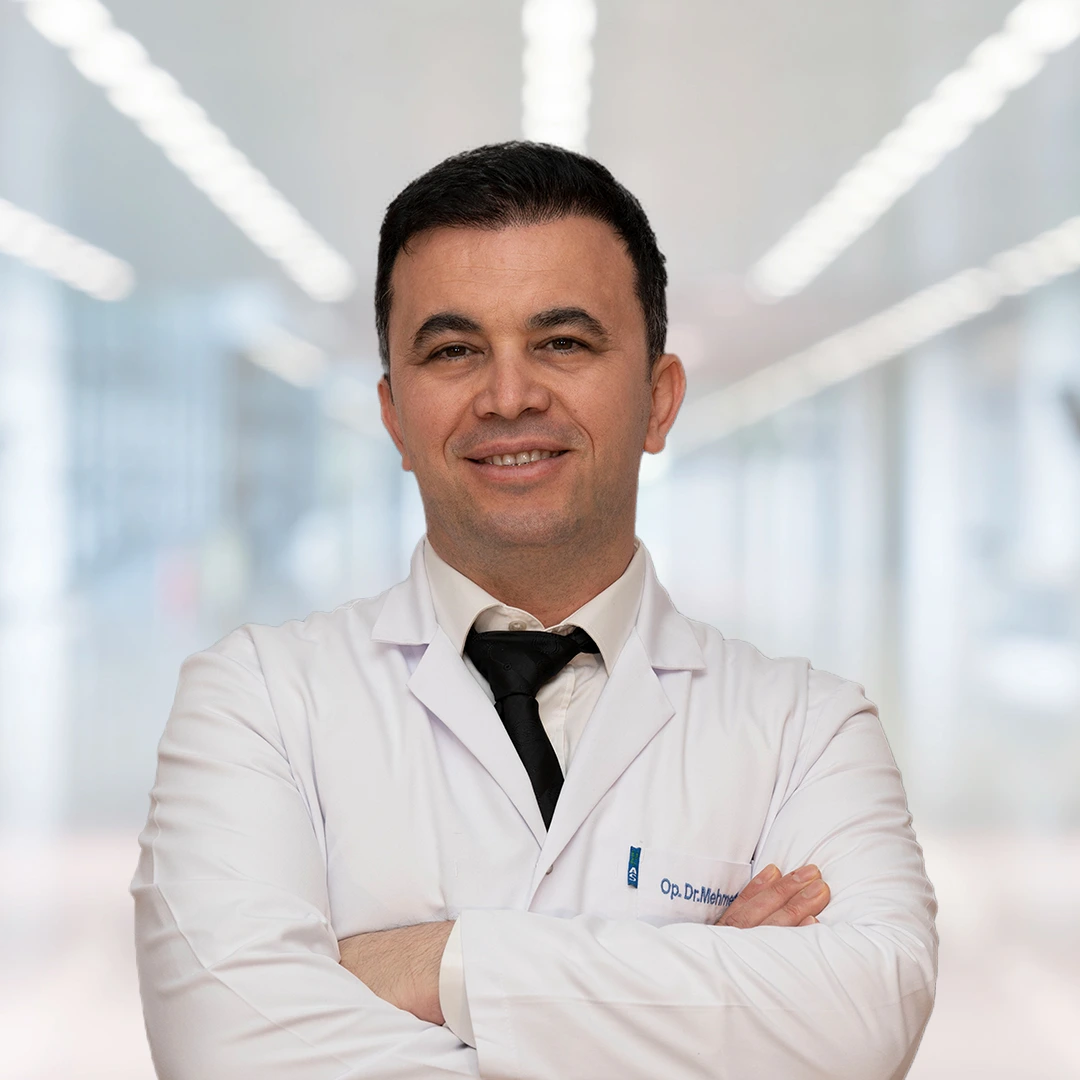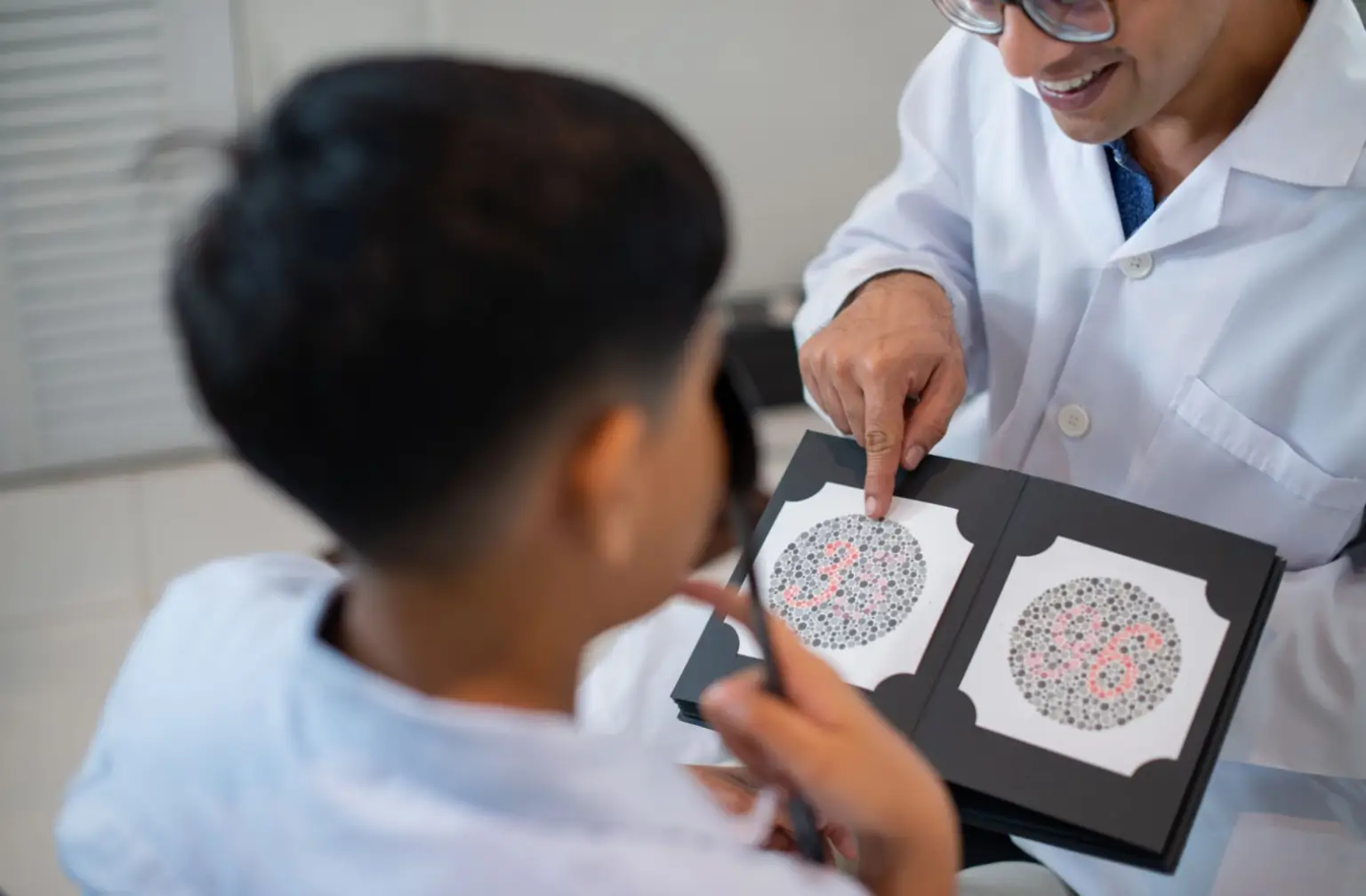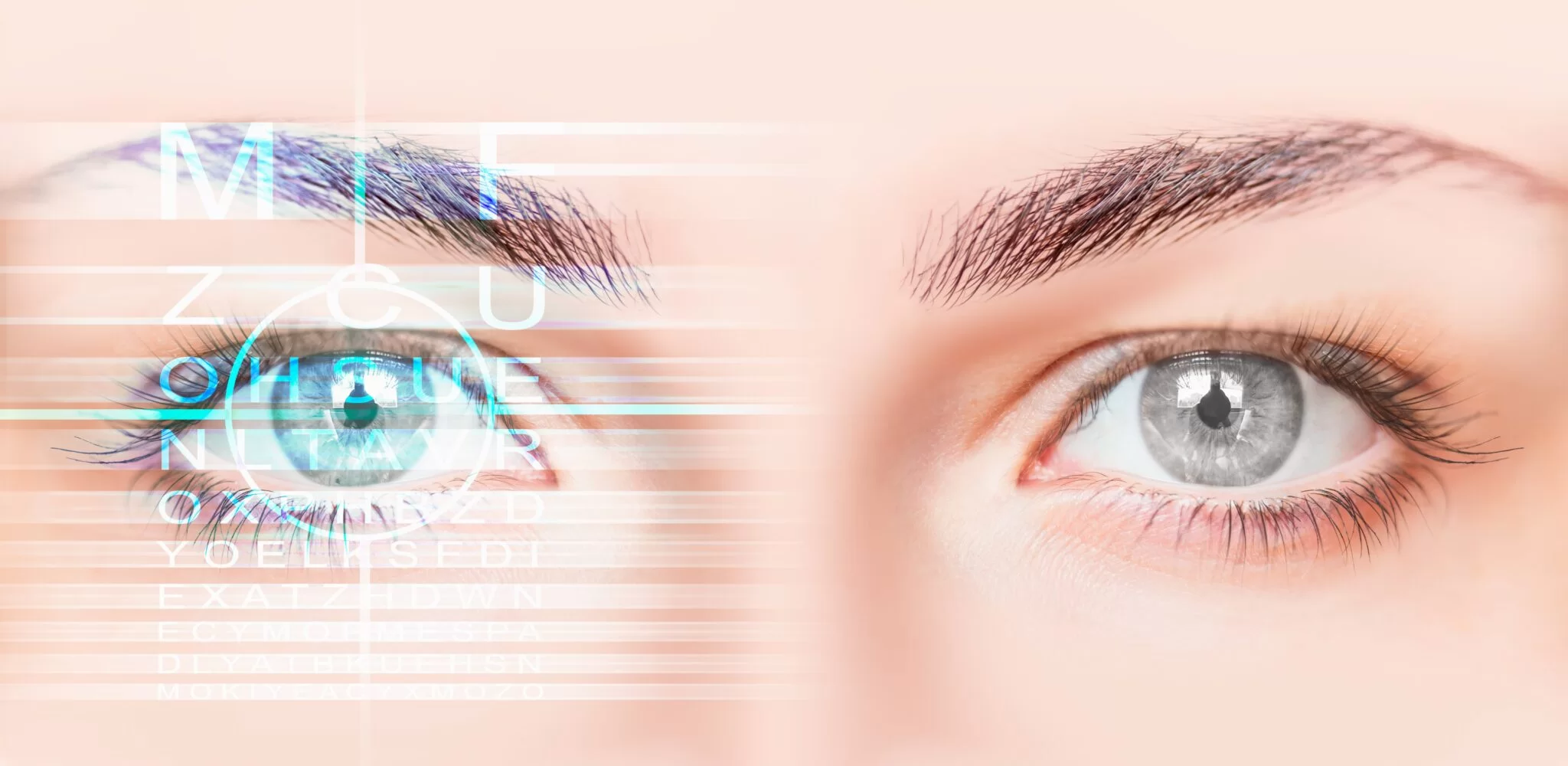QUICK APPOINTMENT FORM

What is Eye Laser Surgery?
Laser eye surgery, also popularly known as eye laser treatments, is the process of reshaping the cornea, the transparent layer, with a laser beam. This method is used to correct certain vision problems such as myopia, astigmatism and hyperopia. In this way, the patient achieves sharper vision and correct focusing.
Eye laser treatment methods include i-Lasik, Lasek / PRK / No Touch Laser, Argon Laser, Yag Laser and SLT.
What is iLasik Laser?
It is a laser eye surgery procedure used in the treatment of ilasik eye defects. This method, which has much less complication risks, is the most practical treatment method for patients who do not want to use glasses or contact lenses. It is a bladeless treatment method used for the treatment of very common visual defects such as myopia, astigmatism, hypermetropia. i-LASIK treatment is extremely attractive because it has a short recovery period. During this procedure, the surgeon uses a laser to create a flap on the cornea. Again with laser support, the shape of the cornea is changed and vision is corrected.
Approximately 80% of people worldwide have refractive errors. With the developing technology, laser treatments that produce the most reliable results are used in the treatment of refractive errors in many people. Refractive surgery method has been used since the 1980s. The most important aim of this treatment is to improve the quality of life of people and to lead a life with higher comfort. Today, the i-LASIK method is used worldwide for the treatment of refractive errors. This treatment method is completely personalised. Examinations and examinations are carried out in accordance with the patient’s eye structure.
How is Lasik Eye Laser Surgery Performed?
Lasik (Laser-Assisted in Situ Keratomileusis), one of the most popular and common methods among eye laser surgeries, offers highly effective results in correcting visual impairments such as myopia, hyperopia and astigmatism. The basic principle of the surgery is to reshape the cornea and eliminate the refractive error in the eye. So, how is Lasik eye laser surgery performed step by step?

What is LASEK / PRK / No Touch Laser?
LASEK or PRK techniques are known as classical laser treatment. These treatments, which have been used for the last 25 years, have reached a point where extremely successful results can be obtained over many years. Therefore, laser treatments such as LASEK and PRK are used to eliminate eye defects.
While the condition of having more refractive power in the eye than normal is called myopia, hypermetropia is an eye defect that occurs when the refractive power of the eye is less than normal. In addition, astigmatism refers to the fact that these defects or both of them are not seen equally in the eye quadrants and occur at different values. Each of these defects causes a decrease in visual acuity in people. They are also disorders that reduce the quality of vision. However, their treatment is possible with laser technologies.

Get rid of your glasses and lenses with eye laser surgery
Eye laser surgeries help people who have been dependent on glasses or contact lenses for many years to lead a freer and more comfortable life in daily life. These methods, which are effective in correcting visual disorders such as myopia, astigmatism or hyperopia, are planned individually and attract attention with high success rates. Thanks to the laser devices with modern technology and the experience of expert surgeons, the recovery time is fast and painless. Thus, it is possible to end the use of glasses or lenses and regain a clear vision. For those who want to improve their quality of life, laser eye surgery offers a reliable and extremely practical option.

What are the Differences Between Lasik and PRK?
Eye laser surgeries are methods that are effective in correcting visual defects (such as myopia, hyperopia, astigmatism) and largely eliminate the use of glasses or contact lenses. These surgeries can be performed with different techniques and the two most common methods are Lasik and PRK (Photorefractive Keratectomy). Although the purpose of both methods is similar, there are some significant differences in terms of application methods, recovery times and patient comfort. In the image below, you can find the main differences you should know about iLasik and PRK methods.

Argon Laser
Argon Laser is a blue-green wavelength technology preferred by ophthalmologists especially in the treatment of retinal diseases. During the treatment, laser beams are focused on a certain part of the eye and the cells in this area are treated with the effect of heat. Thanks to argon laser treatment, it is possible to perform the procedure very precisely without damaging the surrounding tissues.
YAG Laser
YAG Laser Treatment is a method frequently used in the treatment of various vision problems. The most common reason for its use is the treatment of dulling that may occur in the posterior capsule over time in people who have previously undergone cataract surgery. During cataract surgery, after the cataractous lens is removed, the lens to be replaced is placed in a thin membrane called the capsule. This thin membrane layer, which keeps the lens in place, may thicken or whiten over time in every eye. This is a natural process and is not related to a complication that occurs during surgery.
YAG Laser Treatment is used to remove the cloudiness caused by this process. During the procedure, the ophthalmologist cleans the cloudy parts of the eye with laser light and the treatment is completed within seconds. In this way, the patient’s vision becomes clear again. The healing process of the procedure is short and the risk of complications is very low.
Laser Treatment of Eye Pressure (SLT)
There are different methods developed for the treatment of eye pressure. One of these is a laser treatment method known as SLT Treatment. Eye pressure is a condition in which the fluid in the eye has a higher pressure than normal. This can affect the optic nerve and cause vision loss. SLT treatment aims to reduce eye pressure by increasing the drainage of fluid in the eye. With this very effective and very safe method, the patient’s high intraocular pressure can be reduced up to 30%. The procedure is completed within minutes and starts to show its effect in a short time.
Eye Laser Surgery Prices in Turkey 2025
Eye laser treatment price varies depending on the underlying cause and the operation to be performed. However, laser surgery prices start from 850£ for both eyes The treatment plan to be created by our specialist ophthalmologist depending on the detailed examination result may vary from person to person.
Please click here to read our article with the price list of eye laser surgery in Turkey 2025.
The above information is for informational purposes. If you have any medical concerns or questions, please make an appointment with our ophthalmologists.

















